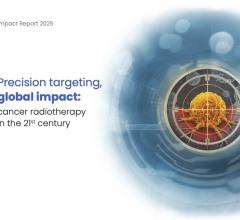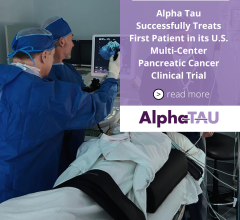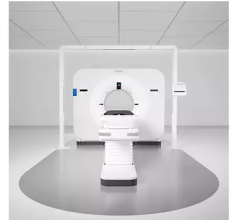June 28, 2012 — When a newly diagnosed cancer patient is considering treatment options, proton therapy might not be the first course that comes to mind. Yet over the past two decades proton therapy has continued to evolve as a viable alternative to chemotherapy and a less-invasive procedure than radiation or surgery, so much so that proton therapy is now considered the preferred course of treatment for many doctors and patients in the fight against cancer.
First developed for treating prostate, lung and brain tumors, today’s proton therapy technology also is being used to successfully treat breast cancer and head and neck cancers as well as having a particularly strong track record in treating pediatric patients.
Due to the expense and complexities of establishing a proton treatment center, currently there are only eight such centers in the United States.
One is the Loma Linda University Medical Center’s (LLUMC) Proton Treatment & Research Center. LLUMC was the world’s first hospital-based Proton Treatment Center for cancer.
LLUMC suggests that patients and their loved ones to begin their due diligence with a strategic “check list” containing the six key attributes that can contribute toward making their proton therapy treatment successful. Those attributes include:
Experience is Key – Potential patients should ensure that the proton treatment center they choose has extensive experience treating a variety of conditions. In healthcare, experience counts and history shows that the more experience a facility and team of clinicians has treating a certain condition, the better the clinical outcomes. Don’t gamble on a new program that can’t show a track record of success.
State-of-the-Art Technology – Not all proton treatment centers have the same technology, and that can make a huge difference. Potential patients need to know what type of technology is best applied for their specific condition and then seek out a facility where such technology is housed. For example, when treating breast cancer and certain types of pediatric tumors, a robotic positioning arm as part of the proton treatment gantry is the most effective as it can isolate the treatment to the precise area where the tumor is located.
Leading-Edge Research – Look for a center whose physicians are continually furthering their knowledge and staying up to date about the latest techniques and best practices when it comes to proton therapy. Patients benefit greatly from physicians who are involved in ongoing research in their field and who actively participate in research studies and clinical trials.
Find a Hospital-Based Center – Just because a proton treatment center is located adjacent to a hospital, that doesn’t make it hospital owned. A hospital-owned proton treatment center typically charges less for treatment than those run by entrepreneurs while having all of the support services (nutritionists, physical therapists, etc.) right on site to address all of a patient’s needs. And should other healthcare requirements emerge during the course of treatment, the patient has the comfort and security of knowing that they can be well taken care of without having to go anywhere else.
Treating the Whole Person, Not Just Their Disease – Proton therapy is highly effective in targeting and successfully treating many forms of cancer. But beyond its clinical attributes, the best proton therapy centers are those whose clinicians not only effectively treat the disease, but who consider the entire person as well. Look for a center that offers support groups for patients to socialize with each other and other compassionate programs that help to ensure the patient’s mind and spirit are tended to, in addition to their disease.
Satisfied Patients – When seeking a proton treatment facility, potential patients should contact the center they are considering and ask about the success ratio of the patients who have been treated.
For more information: www.protons.com


 December 11, 2025
December 11, 2025 









